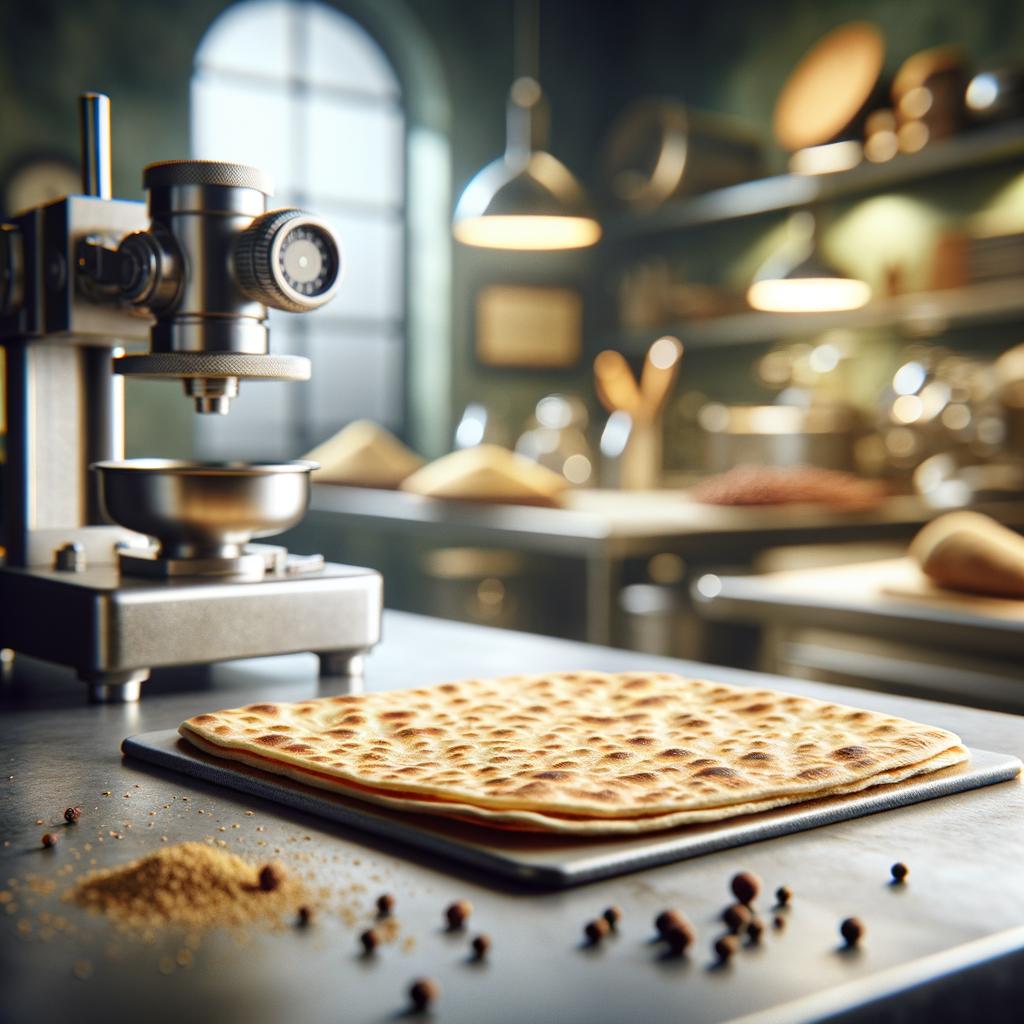Flatbread

Description
Flatbread, the humble yet versatile staple food, is the quintessential canvas for a plethora of culinary creations. It is a broad term that encompasses a variety of unleavened breads, varying in shape, size, and texture from culture to culture. From the soft, thin Indian roti to the slightly thicker Greek pita, flatbread is as diverse as the cultures that have developed it. Typically, it has a neutral, slightly yeasty flavor, although this can be enhanced with the addition of herbs, spices, or other ingredients. What sets flatbread apart is its simplicity and adaptability; it requires only a few basic ingredients - flour, water, and sometimes salt - and can be cooked on almost any heated flat surface.
Primary Uses
Flatbread is a culinary chameleon, effortlessly adapting to the flavors and needs of different cuisines. It can be used as a vehicle for dips and spreads in the Mediterranean, as a wrap for meats and vegetables in the Middle East, or even as a base for pizza in Italy. In many cultures, it also serves as a utensil, used to scoop up food. Beyond its culinary uses, flatbread has deep cultural and symbolic significance in many societies, often representing community, shared meals, and hospitality.
History
The history of flatbread dates back to ancient times, with evidence of its existence found in the tombs of Egypt and the ruins of Pompeii. It is thought to have originated in the Fertile Crescent, where the first cereals were cultivated. The simplicity of its preparation made it popular among nomadic cultures and it has been a staple food for thousands of years. Over time, each culture has added its unique touch, creating a myriad of variations. There are countless stories associated with flatbread, from the unleavened bread of the Israelites' exodus from Egypt to the legend of the Indian chapati helping to fuel a rebellion against the British.
Nutritional Information
Flatbread is a good source of carbohydrates, providing energy for the body. Whole grain versions are high in dietary fiber, which aids in digestion. It also contains a moderate amount of protein and small amounts of essential minerals like calcium and iron. However, it's important to note that the nutritional profile can vary significantly based on the type of flour used and any additional ingredients. Compared to leavened bread, flatbread is generally lower in calories and easier to digest. Its consumption can be beneficial for those seeking a balanced diet, but like any food, it should be enjoyed in moderation.

